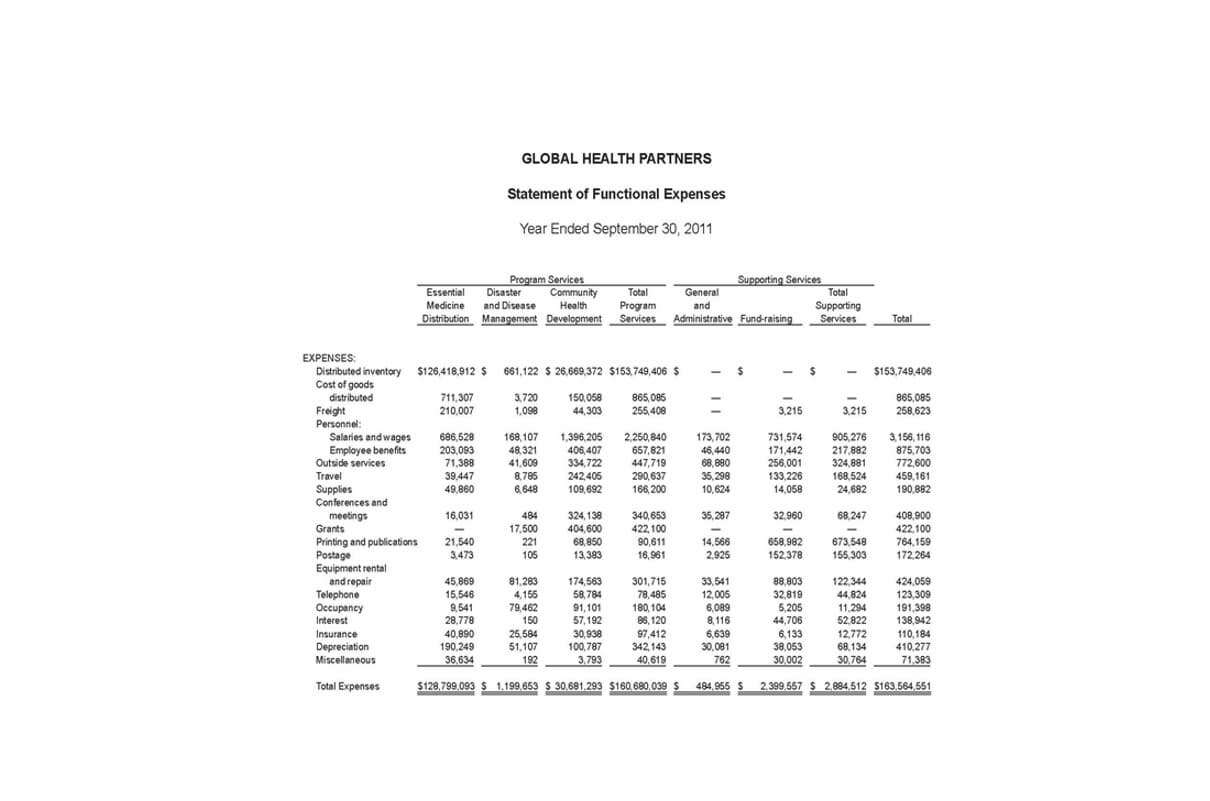
Retained earnings are not an Bookkeeping for Consultants asset but a part of shareholders’ equity. They represent the portion of equity that has been reinvested into the company rather than paid out as dividends. Changes in the composition of retained earnings reveal important information about a corporation to financial statement users.

Contra Accounts
When the year’s revenues and gains exceed the expenses and losses, the corporation will have a positive net income which causes the balance in the Retained Earnings account to increase. When the Retained Earnings account has a debit balance, a deficit exists. A company indicates a deficit by listing retained earnings with a negative amount in the stockholders’ equity section of the balance sheet. The firm need not change the title of the general ledger account even though it contains a ledger account debit balance. The most common credits and debits made to Retained Earnings are for income (or losses) and dividends. Occasionally, accountants make other entries to the Retained Earnings account.
After the Temporary Accounts are Closed
It’s important to differentiate between retained earnings and cash flow. Retained earnings represent accumulated profits, while cash flow reflects the actual inflows and outflows of cash during a period. Positive retained earnings do not necessarily mean positive cash flow, as they include non-cash items like depreciation. When a company generates net income, it increases its retained earnings by the amount of income that is not paid out as dividends.
The Income Statement Accounts Have an Immediate Effect on Owner’s Equity or Stockholders’ Equity
Hence any amount remaining after does retained earnings have a credit balance the payment of shareholder’s dividends is considered retained earnings. According to this rule, an increase in retained earnings is credited and a decrease in retained earnings is debited. This is a rule of accounting that cannot be broken under any circumstances. Now, let’s say ABC Corporation declares and pays dividends of $10,000 to its shareholders during the year. Dividends decrease the balance in the Retained Earnings account, so we would debit the Retained Earnings account by $10,000. A record in the general ledger that is used to collect and store similar information.
- Retained earnings are not an asset but a part of shareholders’ equity.
- In other words, the permanent accounts are the accounts used to record and store a company’s amounts from transactions involving assets, liabilities, and owner’s (stockholders’) equity.
- This ratio helps investors understand how effectively a company is using its retained earnings to generate additional profits.
- Whether you’re an accountant, investor, or business owner, grasping the intricacies of retained earnings is key to making informed financial decisions.
- Thus, the retained earnings balance does not perfectly portray the level of success or profitability of a company.
Normal Debit and Credit Balances for the Accounts
This should always match net income calculated on the income statement. At this point in the accounting cycle, we have prepared the financial statements. The videos in the adjusting entry section gave you a preview into this process but we will discuss it in more detail.

If a credit is made to the retained earnings account, a corresponding debit has to be made to another account. Immediately after the temporary accounts are closed by transferring their balances to an owner’s equity or stockholders’ equity account, the only accounts with non-zero balances will be the permanent accounts. By starting each year with zero balances, the income statement accounts will be accumulating and reporting only the company’s revenues, expenses, gains, and losses occurring during the new year. It should be noted that if an account is normally a debit balance it is increased by a debit entry, and if an account is normally a credit balance it is increased by a credit entry.
Normal Balance of Retained Earnings
- The normal balance of any account is the entry type, debit or credit, which increases the account when recording transactions in the journal and posting to the company’s ledger.
- Changes in the composition of retained earnings reveal important information about a corporation to financial statement users.
- It’s important to differentiate between retained earnings and cash flow.
- Retained earnings are a crucial component of a company’s financial health, representing the accumulated profits that a company retains rather than distributing them as dividends to shareholders.
For example, a company will have a Cash account in which every transaction involving cash is recorded. A company selling merchandise on credit will record these sales in a Sales account and in an Accounts Receivable account. Therefore, always consult with accounting and tax professionals for assistance with your specific circumstances.


Again, you need to understand that the $500 credit entry to Consulting Revenues is causing a $500 increase in a permanent account that is part of owner’s equity or stockholders’ equity. This means that retained earnings typically increase with credits and decrease with debits. A positive credit balance indicates accumulated profits, while a negative balance may suggest accumulated losses or deficits. At the end of an accounting year, the balances in a corporation’s revenue, gain, expense, and loss accounts are used to compute the year’s net income. Those account balances are then transferred to the Retained Earnings account.
What is Retained Profit in Accounting?
For example, company A which is a trading company has a net income of $25,000 which all of its respective income and expenses have already been transferred to the income summary account at the end of 2020. Retained earnings refer to the portion of a company’s net income that is not paid out as dividends but is instead reinvested in the business or kept as reserves for future use. Retained earnings accumulate over time and reflect the company’s ability to generate profits and retain them for growth or other financial needs. An alternative to the statement of retained earnings is the statement of stockholders’ equity. Retained earnings refer to the net income of a company after it has paid dividends to its shareholders.
